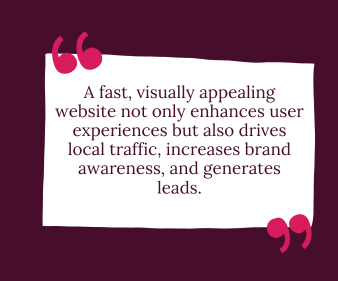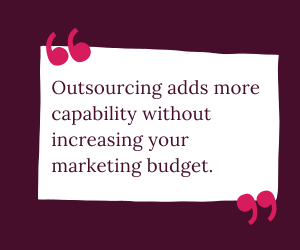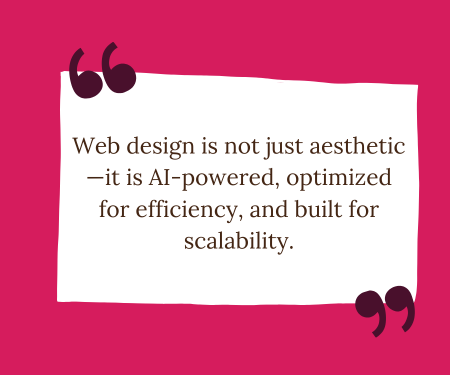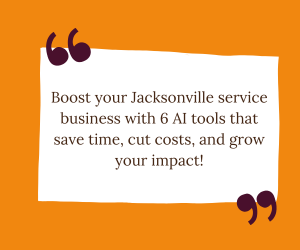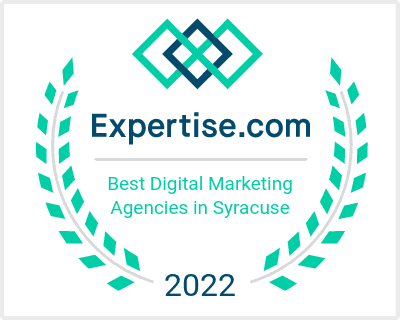
Search Engine Optimization (SEO) is a combination of methods used to boost a website’s rank on search engine results pages. An optimized website will appear higher in organic (free) search results and therefore will attract more traffic and potential sales.
Search engines such as Google have developed complicated algorithms in an effort to show the most relevant websites to users’ based on their search intent. Below are 5 of the top ranking factors to monitor in order to remain competitive in online search.
A secure, mobile-friendly website
An optimized website is one that easily communicates with Google and other search engines. In order for this communication to happen, Google crawls websites using bots that are exploring the following elements
Security – Does the site have an enabled SSL? If not, the page may be marked as un-secure and will be penalized by search engines. They may even choose to block traffic from your site entirely.
Robots.txt file –The robots.txt file is a communication tool that tells bots which pages to crawl. In some cases you will not want particular pages to show in search results, and this code will tell search engines not to index them.
Site map – A site map outlines all of the pages on your site, kind of like an outline of the content to be found. An organized website is easier for search engines to understand.
Mobile-friendly – Does the website render in a readable, attractive way across a full range of devices? If not, search engines may penalize the page and direct user’s to competitor’s sites.
Page-speed – Does the web page load quickly? Google’s main goal is to quickly provide the information a user is seeking. Therefore, one of the highest ranking factors in search results is page-load time.
Expert tip: Pay special attention to mobile load times. A recent Google algorithm update placed special emphasis on mobile speed as a ranking factor.
SEO Optimized Content
The core of Google’s search algorithm is built around keywords. All of the content on your website should be optimized around the search terms your audience would use to find your business or the answers to their questions. When writing web content consider:
Content length – Search engines love high-quality content that creates a valuable experience for the user. The more relevant information you can include in your content, the higher you will be rewarded. The content created should be scan-able and include links to external sources as well as related internal content.
Voice Search – The rise of Alexa and other voice command devices means the way people search has changed. Searches formed by voice are often more conversational and typically in question form.
For example: A online search for boys shoes might look like this: ‘Boys Nike shoes size 8’ while an Alexa command might look more like this “Alexa, where can I buy Boys Nike shoes near me?”
Expert tip: Start with the main keyword ‘Boys Nike shoes’ and write down all of the variations people may use to search for this term. Then use keyword search tools such as Google Keyword Planner or SEO Book Keyword Tool to compare the keywords you have narrowed down and select the versions that make the most sense for your business.
Optimize Meta Tags
Keywords and phrases should also be placed strategically across your website in the form of meta-tags. Meta tags are placed in the HTML of a website and are used to relay your websites most important content. Some of the meta-tags are visible to visitors and some of them only serve to inform search engines.
Meta-Title – Your meta-title is the description that is shown to visitors in the search results. Usually 55 characters or less, an optimized title has the most important information first and includes a quick overview of what your website offers. Each page of a website should have a unique title that includes the chosen keyword or phrase.
Expert tip: Optimize each page for a different keyword or keyword variation in order to avoid duplicated content something search engines penalize for.
Meta-Description – The meta-description lives under the meta-title in search results and offers a 300 character description of the web page. Similar to the meta-title, you want to front-load your keywords while also inspiring visitors to check out your website.
Expert Tip: Avoid keyword loading. Using many keywords in the meta-tags will only confuse search engines and is considered a black-hat practice.
Asset Optimization – Every image, video or attachment that goes on a website should be optimized before being inserted onto a web page. Optimization in this case means that they are named using keywords, reduced in size to avoid slowing page-load times and include alt-tags.
Header Tags – Header’s are used on websites to call out important information. They typically break up content into scan-able bites. Your website will have various headers usually named H-tags. The H-1 tag is the title of your page and should only be used one time. H2 and H3 tags generally break up your paragraphs and are scanned by bots to help them understand the information on your page.
Expert Tip: The key to optimizing H-tags is to use the keyword as close to the beginning of the tag as possible and to prioritize you headings to help your user find the information they are seeking.
Building Quality Links
Off-Page SEO plays a significant role in Google Ranking Factors. The more inbound, outbound and internal links you have in comparison to your competition, the higher your position will be in SERP’s. Link building requires an ongoing strategy of producing high quality content that is shared across other websites and through social media.
The most valuable links are called back-links and are created when another website user adds a link to your content on their website.
The top 3 back-link factors SERP’s use to establish Rank:
Sheer numbers – The more domains that link to your site, the more popular and credible SERP’s will view your content.
Authority – The quality and ranking factor of the sites that are linked to your web page.
Placement – Where the link is placed plays a role in the algorithm. If the link is prominent on the site such as on the homepage, the back-link will be worth more to search engines.
Outbound links are links that you can add to your content that refer your audience to another source or related information off your website. This strategy tells Google and other SERP’s that your website is adding value and resources for your audience.
Internal links also play a role in your rank and area great way to push visitors deeper into a website. As visitors peruse content, related information can be easily found and will improve their time on your page.
Research and Reviews
In recent updates, reviews have played a critical role in SERP’s. The abundance of information available to consumers allows for deeper research before purchasing decisions are made.
Follow these steps to improve your local search ranking:
Reviews – Ask for reviews from your best clients across a range of sites such as Yelp, Facebook and Google.
Respond to comments – Monitor and respond to reviews or comments on social media.
Consistent profiles – All business information should be the same across each business listing including name, address, business hours, etc.
SEO Requires an Ongoing Strategy
As you can see, SEO requires an enduring strategy aimed at building trust, credibility and adding value for your searching audience. Updates to the algorithms used to determine your ranking position happen frequently and can derail your efforts if you are not aware of the changes.
The benefits of a first page place in search results however are great. In fact, a report by Search Engine Land in 2017 found that 32.5% of traffic went to the first organic search result and 18% of local smartphone searches lead to a purchase within one day.
If you would like to be more competitive online, contact us to schedule a chat and we can explore how a strategic SEO strategy with Charm Digital Media can boost your bottom line.
Popular Marketing Articles
